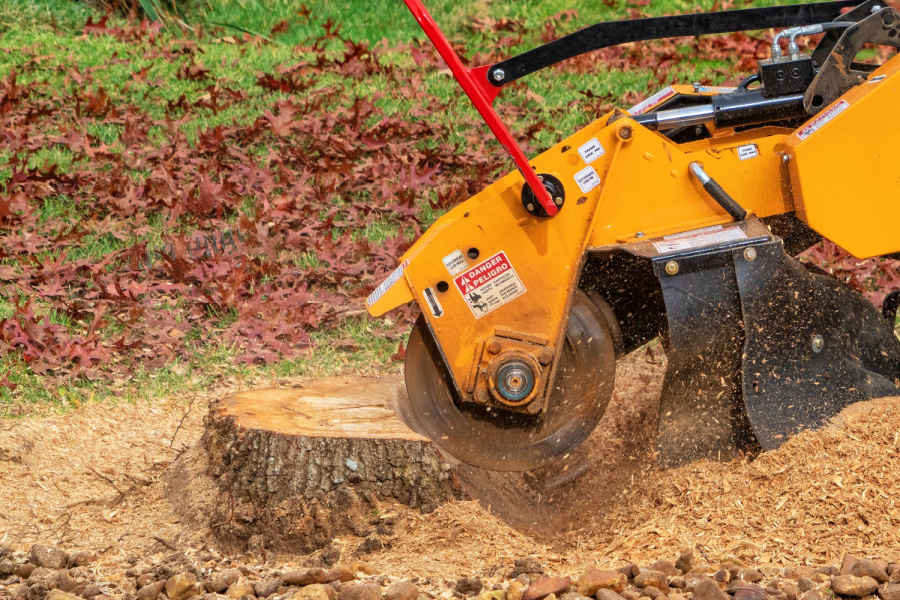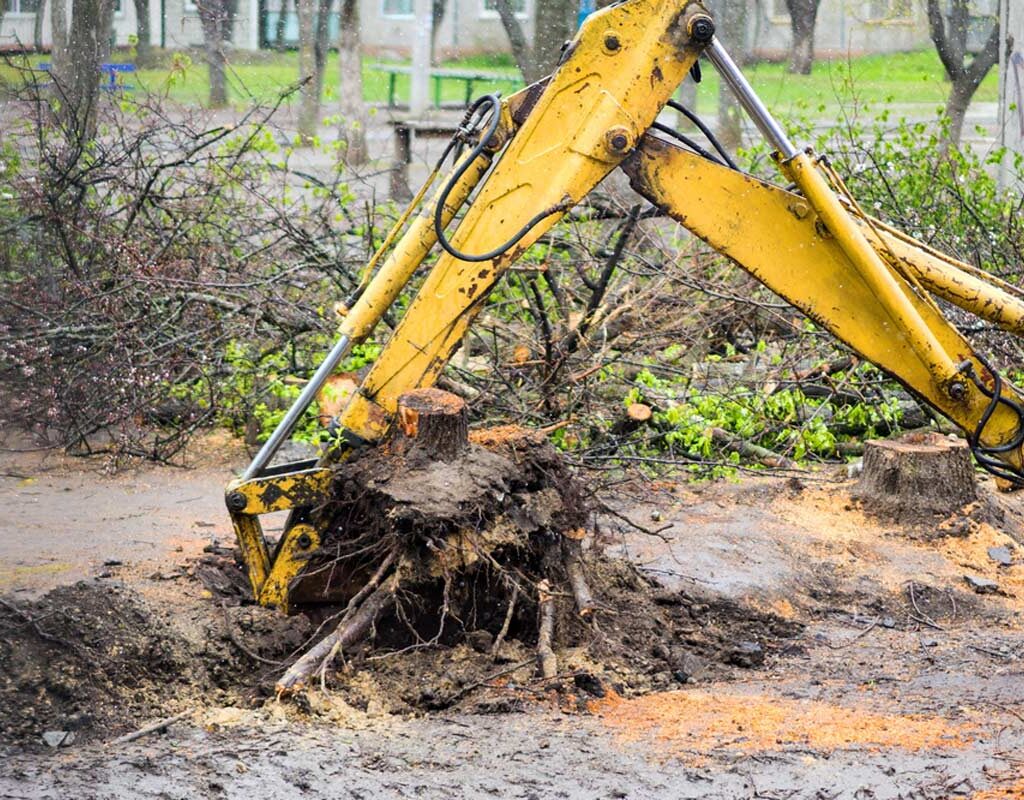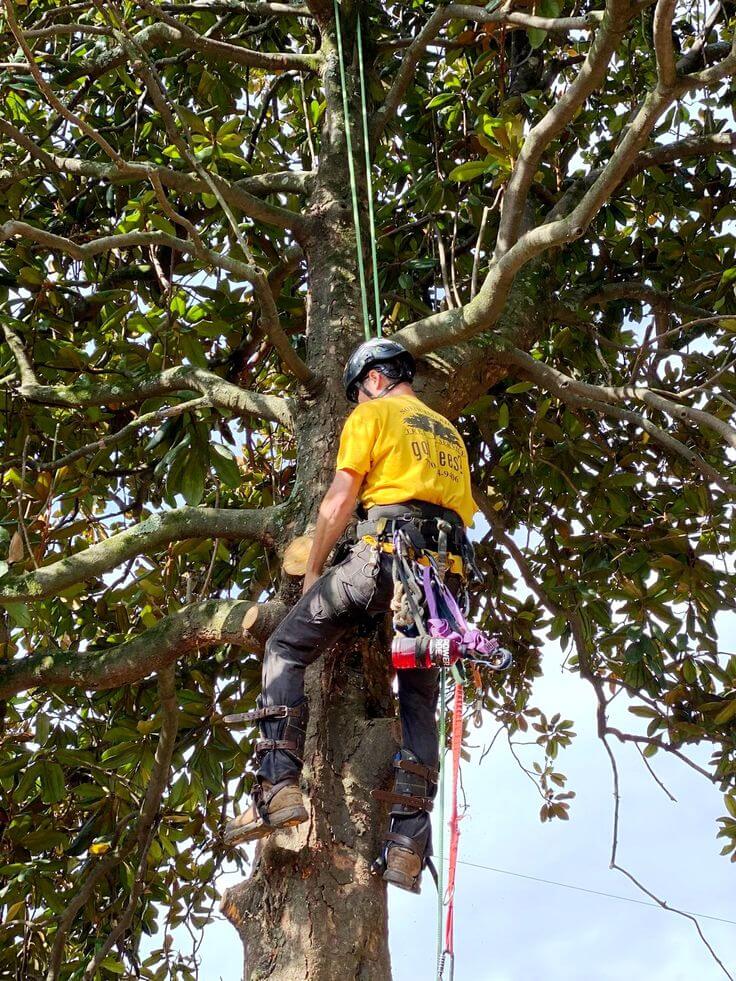Root Removal: A Complete Guide to Understanding the Process
Tree roots can be both a blessing and a curse. While trees are valuable for our environment, sometimes their roots can cause problems for property owners and homeowners. In this comprehensive guide, we will dive into everything you need to know about root removal—why it’s necessary, how to do it safely, and what to consider when dealing with invasive roots.
Why is Root Removal Necessary?
Root removal is often required to prevent damage to your property or to ensure the health of a tree. Without proper management, tree roots can disrupt sidewalks, driveways, and even a home’s foundation. Additionally, poorly managed roots can lead to weakened trees, posing safety risks during storms.
Preventing Damage to Property
The roots of some trees are notorious for growing into structures. They seek out water and nutrients and can easily find their way into plumbing systems or under concrete surfaces. Neglecting this could result in costly repairs down the line.
Managing Tree Health
Sometimes, root removal is necessary to maintain the health of a tree. Roots can become overcrowded, which can limit a tree’s access to essential nutrients. By removing certain roots, you can help the tree thrive in the long term.
Common Scenarios Where Root Removal is Required
Home Foundations and Sidewalks
One of the most common reasons for root removal is damage to home foundations or sidewalks. Tree roots can lift concrete and create tripping hazards, as well as cause costly damage to a building’s foundation.
Landscape Maintenance
In some cases, root removal is essential for maintaining the aesthetics and functionality of your landscape. Invasive roots can overtake garden areas, affecting other plants and leading to an unattractive yard.

Understanding Different Types of Tree Roots
Surface Roots vs. Deep Roots
Surface roots are more likely to cause visible damage, like lifting sidewalks or infiltrating sewer systems. Deep roots, on the other hand, can affect the stability of a tree but are less likely to interfere with human structures.
Invasive Roots
Certain species of trees, such as willows and maples, have particularly aggressive root systems that can cause problems more frequently. Invasive roots may need to be removed more often than those of other trees.
When to Consider Root Removal
Warning Signs of Root Problems
You may notice cracks in your driveway, uneven pavement, or problems with your plumbing—all of these can be indicators that root removal is necessary. If you suspect that roots are the issue, it’s essential to address the problem as soon as possible.
Seasonal Considerations for Root Removal
The best time for root removal depends on your region and the type of tree. Generally, late fall or early spring is ideal for root removal because the tree is dormant, which reduces stress on the plant.
DIY Root Removal: Pros and Cons
Tools Needed for DIY Root Removal
If you’re attempting to remove roots yourself, you’ll need a few tools: a root saw, digging tools, and possibly a stump grinder. These tools can help you get rid of roots effectively but require caution and experience to use.
Risks of Improper Removal
Improper root removal can damage your tree, leaving it vulnerable to disease or even death. There’s also the risk of damaging property if you’re not careful, so DIY removal isn’t always the best choice.
Hiring a Professional for Root Removal
Benefits of Professional Services
Hiring a professional arborist to handle root removal can save you time and reduce the risk of tree damage. Arborists have the tools and expertise to remove roots safely and efficiently.
Safe and Sustainable Root Removal Practices
Minimizing Environmental Impact
When removing roots, it’s essential to consider the environmental impact. Opt for methods that minimize disruption to the surrounding ecosystem, like avoiding harsh chemicals and using mechanical methods whenever possible.
Ensuring Tree Survival After Root Removal
When removing roots, always be mindful of the tree’s health. Over-removal can destabilize a tree, leaving it prone to falling. Consulting an arborist can help ensure the tree survives the procedure.
Techniques for Root Removal
Mechanical Root Removal
Mechanical root removal involves using tools like saws, grinders, or heavy machinery to remove roots. It’s effective but can be labor-intensive and potentially harmful to the surrounding area if not done carefully.
Chemical Root Removal
Chemical methods involve using herbicides or other chemicals to break down roots over time. While this can be effective, it’s essential to use environmentally friendly products and follow the guidelines to avoid harming the tree or surrounding plants.
Cost of Root Removal
Factors That Influence Cost
The cost of root removal can vary widely based on factors like tree size, root depth, and the difficulty of the removal process. It’s always a good idea to get multiple quotes from professionals to compare prices.

Comparing DIY vs. Professional Costs
While DIY root removal may seem cheaper upfront, you must factor in the cost of tools, your time, and the risk of potential mistakes. In many cases, hiring a professional can save you money in the long run by avoiding damage and ensuring the job is done right.
Preventing Future Root Issues
Selecting the Right Tree Species
One of the best ways to avoid future root issues is by selecting the right species for your property. Certain trees are more likely to cause problems with their roots, so avoid planting these near structures or sensitive areas.
Conclusion
Root removal is a necessary process for maintaining the health of your property and trees. Whether you choose to handle it yourself or hire a professional, it’s crucial to approach root removal with care to avoid long-term damage. By understanding the process and taking preventive measures, you can keep your landscape beautiful and functional for years to come.

